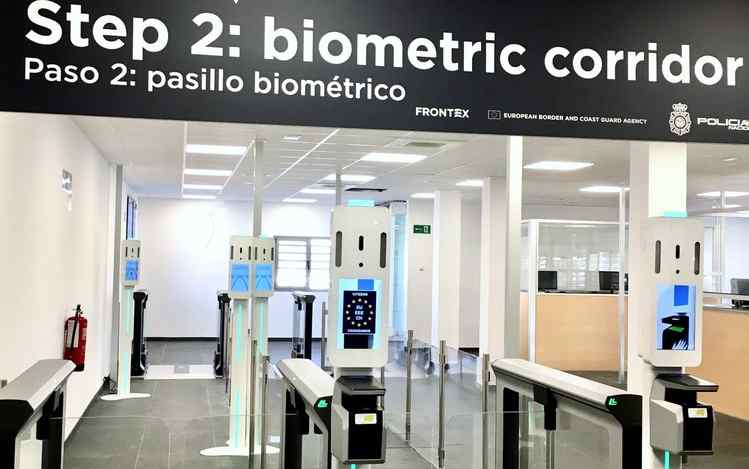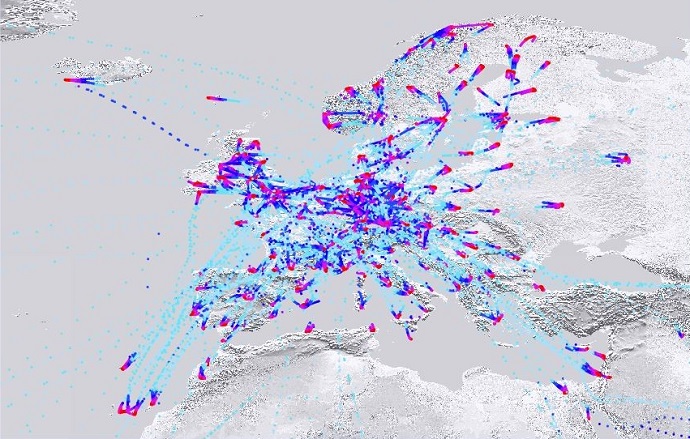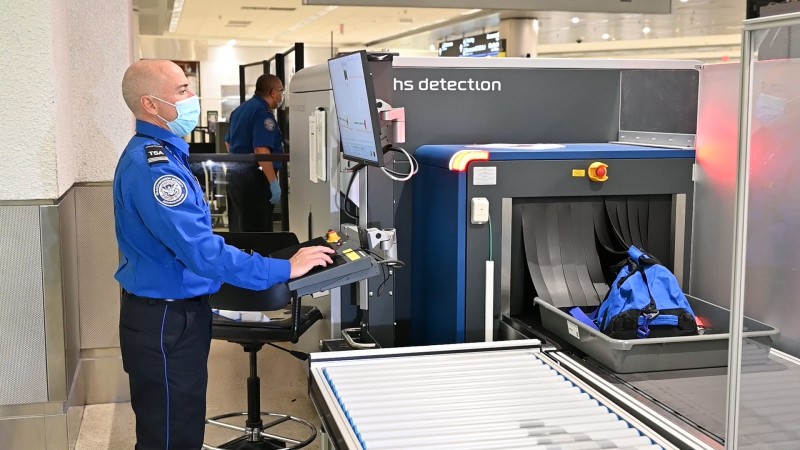In the second half of 2024, the Entry/Exit System (EES) will be launched in the EU. This automated IT system will register non-EU travelers each time they cross the external borders of European countries. The system applies to both visitors requiring short-term visas and those exempt from visa requirements.
Official start dates for EES are still pending. However, the extensive project is set to be operational in 2024, as confirmed by updated information on the European Commission’s website and the “New Requirements for Traveling to Europe” portal (managed by the EU Directorate-General for Migration and Home Affairs), both released in early February.
However, European media, citing a statement from Eurotunnel, the company managing the underwater railway tunnel between the UK and France, reports that the EES will be launched on October 6, 2024. This means that the platform will become operational after the 2024 Olympic Games in Paris.
Last year, French authorities strongly urged Brussels to postpone the implementation of the innovation amid a significant influx of foreigners during the Olympics.
It’s worth noting that the launch date of EES has been delayed multiple times due to technical issues and insufficient readiness in certain EU member states.
According to the European Commission, 29 countries participating in the Schengen Zone, including Bulgaria and Romania, will be involved in this project, with their partial integration starting from March 31, 2024.
What data will be registered in the Entry/Exit System for the EU?
When the Entry/Exit System becomes operational, the system will register passport details, personal information, as well as information about the purpose, place, and duration of entry/exit for each non-EU traveler.
Upon the first entry into the Schengen Zone, individuals will need to take a photograph and have their fingerprints scanned (biometric data). This information will be stored in the database for three years, after which it will be automatically deleted.
If a traveler refuses to provide their biometric data, they will be denied entry into the territory of European countries using the Entry/Exit System.
Automation of Passport Control Procedures
There will be two stages of passport control. The first stage is through a “self-service system,” involving special kiosks installed at international airports and other border crossing points.
In the second stage, travelers will still undergo an interview with a border service officer who may ask additional questions before deciding on granting or denying access to the respective territory.
“The automation replaces labor-intensive actions, allowing passport control officers to focus on assessing the individual’s situation. This helps optimize border processes,” explained the European Commission.
Exceptions include Cyprus and Ireland. Despite being EU members, passports will continue to be manually checked and stamped when entering and exiting these countries. They will not be integrated into the EES system.
Which EU services will have access to the personal data of travelers?
Several organizations within the European Union will have access to the EES database. Firstly, these include the relevant authorities (border control, visa, and immigration services) of the Schengen Zone countries. Their access aims to verify the traveler’s identity and determine whether entry or stay in the territory should be permitted.
Secondly, Europol will have access for law enforcement purposes. Additionally, under specific conditions, an individual’s personal data may be shared with another EU member state or a non-EU country or international organization for repatriation or law enforcement purposes.
Limited access to the EES database will also be granted to international carriers, such as airlines, railway, and bus operators.
Strict control
The European Commission promises that once the entry/exit system is operational, travelers will be able to obtain information from passport control officers about the maximum remaining duration of their permitted stay according to their visa.
If a person stays longer than allowed by the visa, they will be identified as having exceeded the authorized stay period. Depending on the national legislation of the respective European country, the violator may face deportation, administrative fines, detention, or a future entry ban into the EU.









